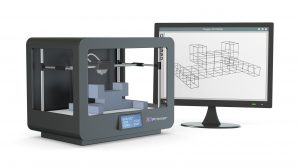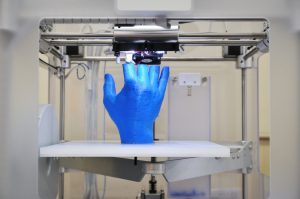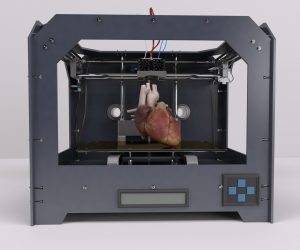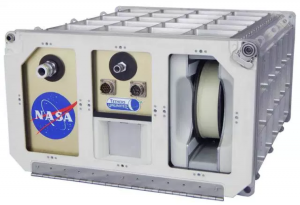
A great way to determine if your part will function as designed is by creating a prototype. Prototypes have the amazing ability to transform your work into something tangible and make your idea come to life.
Plastic prototyping has opened up a whole new world of possibilities. Unlike previous methods that involve pencil and paper, plastic prototyping combines art and science to turn your idea into three-dimensional reality. Plus, plastic parts are particularly inexpensive and can be easily molded into any form.
From stereo lithography to prototypes in medicine, there are countless uses for the material. Check out these latest advancements and innovations in plastic prototyping:
- Re-design and Re-prototype

Since it has been introduced, 3D printers have been constantly going through improvements. A virtual design, such as a Computer Aided Design (CAD) file, is created with a scanner or modelling application to make a digital copy. When the 3D object is printed, it is created by adding one thin layer at a time. Although you can use other materials like metal, plastic is the ideal material to create an inexpensive prototype of your design. Since plastic is easy to shape, you can make adjustments to your existing prototype by applying another printed piece. It is also environmentally friendly since it can be reused multiple times.
Thanks to recent progress, 3D printers have diversified and allow much more flexibility. You can personalize your experience by selecting from multiple options. Stereolithography (SLA,) for instance, converts liquid plastic into objects. This may be suitable for you if you’re looking to create an inexpensive prototype rapidly. You also have the option of combining different methods to create multiple parts. Another 3D technology used for prototyping is the Laminated Object Manufacturing (LOM) process, which involves adding pressure and heat to fuse plastic layers together before cutting the product with a computer controlled laser or knife.
- 3D art

(Image source: Wired)
Recently, 3D printers have inspired many individuals to boost their creativity. Artists have taken advantage of the new gadget to create everything from sculptures to jewelry. Unlike photography or other forms of art, 3D printing is an entirely new concept with a large room for creativity and originality. Artists can choose to create the entire work with the 3D printer or add printed items to enhance their work.
- Plastic prototypes in medicine

One of the greatest advantages of plastic prototyping is the benefits in medicine. For the first time, printers are used to replicate human body parts with 3D printed body parts. Instead of looking at a drawing or a photo of the body, surgeons can look at the prototype to plan and practice the complex surgeries. In addition to these benefits, the plastic prototypes can be used to educate aspiring surgeons. Plastic is extremely light and easy to transfer from one location to another. Plus, it’s cheap and easy to reuse. Since the design determines the outcome of the 3D replica, professors can better educate their students by choosing and constructing the design that will be the most beneficial.
- Refabricator

(Image source: Cosmic Log)
Plastic prototyping may literally be out of this world.
NASA started experimenting with a device called the Refabricator, which can print 3D objects and reuse the plastic. This will reduce the problem of the limited amount of weight that can be brought into space. The Refabricator allows astronauts to reuse the plastic and use the machine to adapt to unexpected situations. For instance, the astronaut can recycle a food tray and create a necessary tool. Although the Refabricator has not yet been sent into space, there are ongoing experiments to explore the unlimited possibilities of having a 3D printer in space.
- 3D printing pen

(Image source: 3Doodler)
You can draw in thin air with the world’s first 3d printing pen. Using melted plastic, the 3Doodler allows users to create tangible prototypes. Although it is similar to the 3D printer, the pen allows the individual to do the work instead of designing the work for the computer to complete. The user can create a detailed design with the small tip of the pen and control the thickness of the plastic with speed. Like the printer, the 3D printing pen also lets users to create their own pieces of art or add plastic parts on to existing objects. Users can take advantage of the 3D printing pen by enhancing their prototypes with additional features.
Plastic prototyping allows you to explore different options to make adjustments and improve your part. Since plastic is inexpensive and easy to mold, you can test the functionality of the design and show others that you’re serious about the product.





